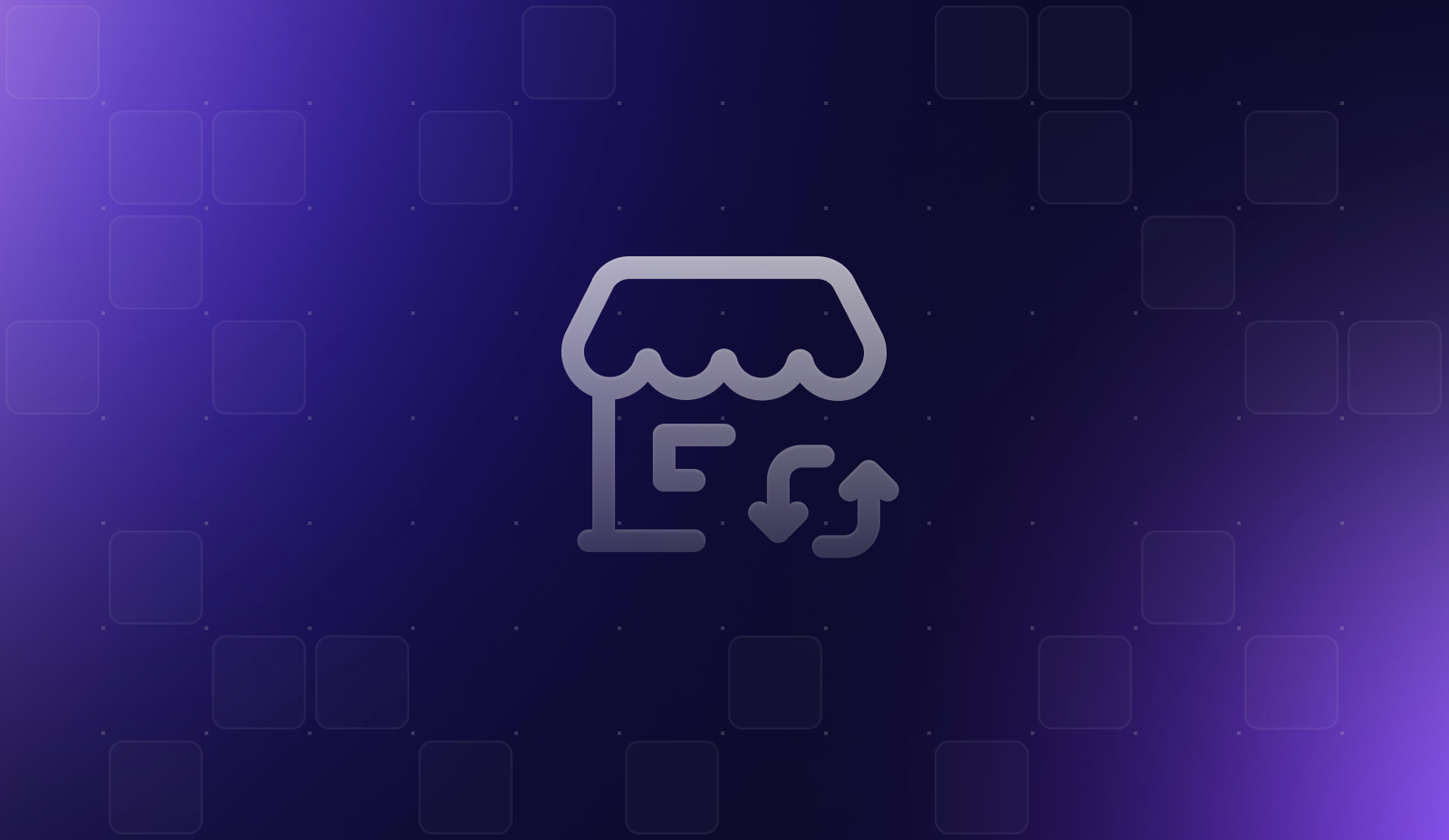Are Monolithic Payments a Thing of the Past?

The payment landscape continues to expand each year, offering a vast array of payment methods for end users and processing options for merchants. Payment gateways, processors, and service providers now provide comprehensive end-to-end solutions that maximize payment reach and minimize risk.
In a previous era, monolithic payment providers were the sole payment processing option for companies worldwide. However, with so many disruptive technologies entering the space, those “closed” monolithic payment systems are becoming companies of yesteryear.
Open vs. Closed Payment Systems
To broadly oversimplify payment systems, there are essentially two types: open systems and closed systems.
Open payment systems are systems that allow merchants to add integrations and partners to create a holistic but custom payment stack. Simplified, this is often what payment orchestration platforms offer to merchants, although many other types of payment solutions are open.
Alternatively, closed payment systems usually offer merchants a single gateway and acquirer, and may not play nicely with others. This, in many ways, is synonymous with monolithic systems, as their business models offer “all-in-one” services and traditionally do not integrate with partners.
While a monolithic approach is how digital payments have worked until recent history, it left the door open for single-point-of-failure and business continuity issues.
More niche but still relevant closed-loop systems could be gift cards issued for a particular store or a transit card system for public transit.
Monolithic (Closed) Payment Systems: What are They?
Monolithic payment systems are all-in-one payment systems that offer merchants very little flexibility and few options. In the early days of e-commerce, this was seen as a benefit, where merchants didn’t need to worry about signing different partners for shopping card management, payment processing, and POS systems as these were all built into a single system.
While not always the case, these monolithic systems are usually closed-loop, meaning they have limited acceptance, limited use, and often no interchangeability.
Examples of monolithic systems include:
- Early E-commerce Platforms: Many early e-commerce platforms had monolithic payment systems. These systems handled everything from product browsing and shopping cart management to payment processing and order fulfillment within a single solution.
- Traditional Point-of-Sale (POS) Systems: Classic POS systems used in brick-and-mortar stores are often monolithic. They combine functionalities like inventory management, customer interaction, and payment processing into one software unit.
- Legacy Banking Systems: Many core banking systems, especially those developed decades ago, can be monolithic. These systems handle various banking functionalities like account management, loan processing, and internal transfers within a single architecture.
- Full-service payment providers: Some of the largest payment providers qualify as monolithic systems, as they offer an all-you-can-eat set of services using a single processing fee number (such as 2.9% + $0.30) for all transactions.
As these systems fall out of favor, large monolithic offerings have either migrated toward more innovative approaches, like functioning in the cloud, or have ceased operating.
Pros of Monolithic Payment Systems
The primary benefit of monolithic systems for merchants is simplicity. Instead of managing several contracts with various providers, merchants can have a full suite of products within one system.
Drawbacks to Monolithic Payment Systems
- Not adaptable: Monolithic systems are often rigid and difficult to modify. Integrating new payment methods, loyalty programs, or fraud prevention tools can be complex, requiring development resources, and time-consuming.
- Limited customization: Merchants may have limited control over the look and feel of the payment experience, making it difficult to brand the checkout process or tailor it to their specific customer base.
- Performance bottlenecks: A monolithic system can struggle to handle the load as transaction volume increases, leading to slow processing times and potential downtime during peak periods.
- Single Point of Failure: A security breach in a monolithic system can have catastrophic impacts on merchants, compromising all aspects of the payment process, and exposing customer data and financial information.
- Limited negotiation power: Merchants contracted with monolithic payment systems typically rely on them to act as the single vendor for payment processing. This can limit the merchant’s ability to negotiate rates or switch to a different provider with better features or pricing.
- High Development and Maintenance Costs: A monolithic system's initial development and ongoing maintenance can be expensive, especially for smaller merchants.
Innovative Open Payment Systems: Now and the Future
While we already know the risks of using a single payment provider, integrating new partners into a payment stack adds complexity to the system. Open-loop systems are flexible, allowing merchants to choose the payment partners that best fit their needs.
Programmable payments vaults offer a great solution to tie the stack together, securely and seamlessly.
Working with a programmable payments vault like Basis Theory allows merchants to:
- Create engaging e-commerce flows
- Connect with any partner
- Effortlessly manage compliance
- Keep control of payments data
Merchants can stand up a vault in as little as 5 minutes, and begin migrating card data, connecting with partners, and controlling payment flows.
.png?width=365&height=122&name=BTLogo%20(1).png)



